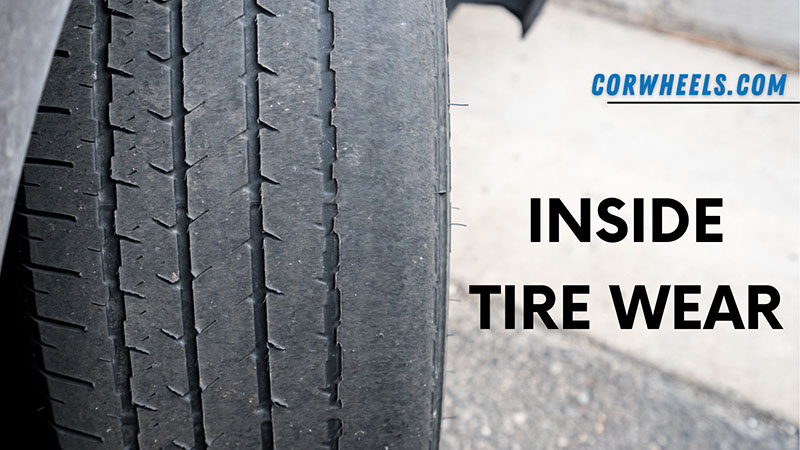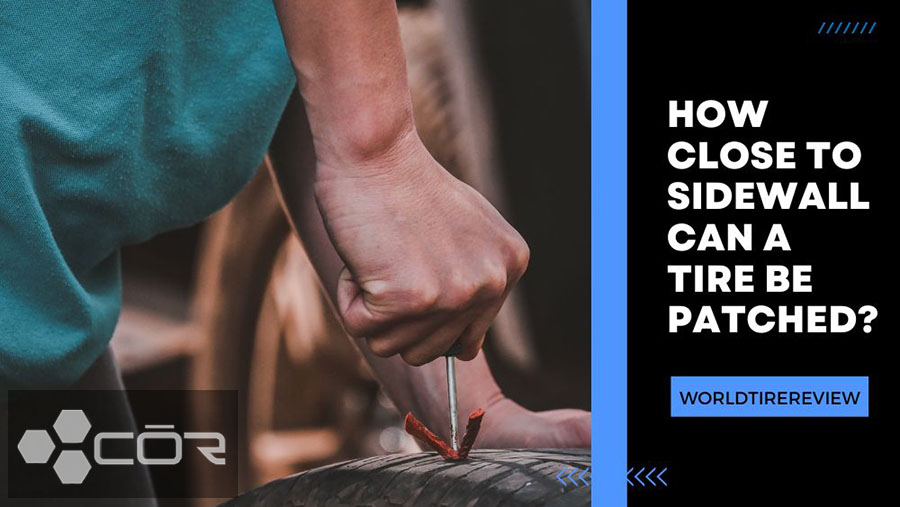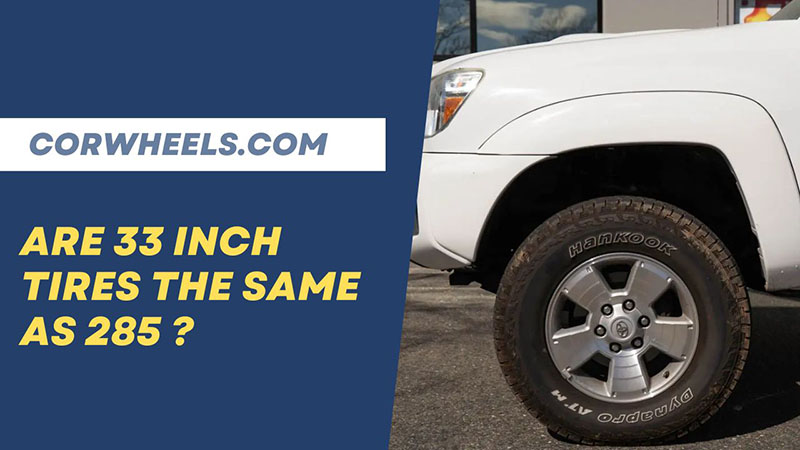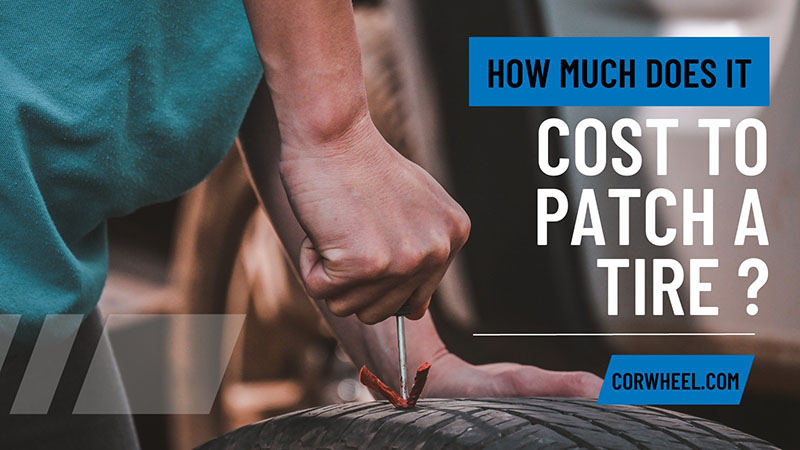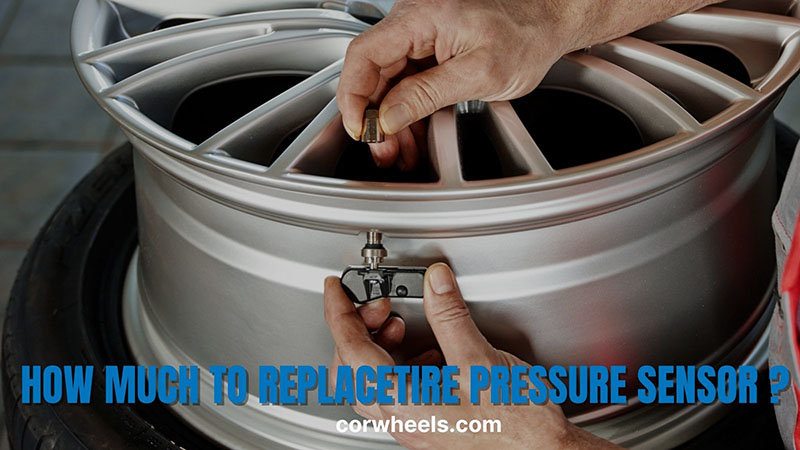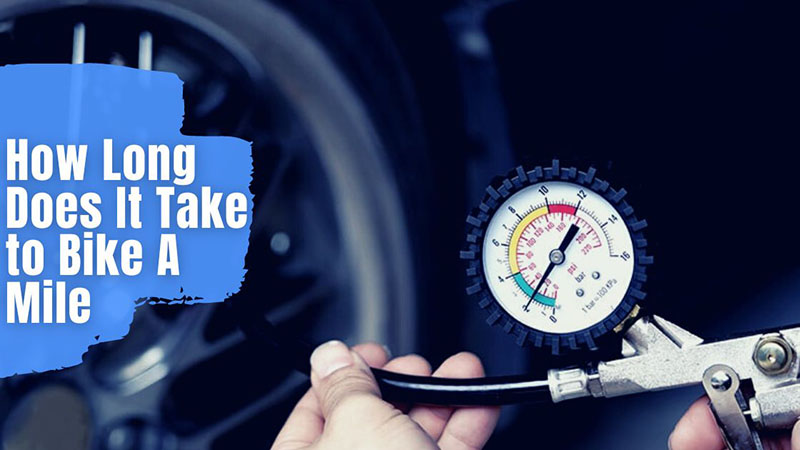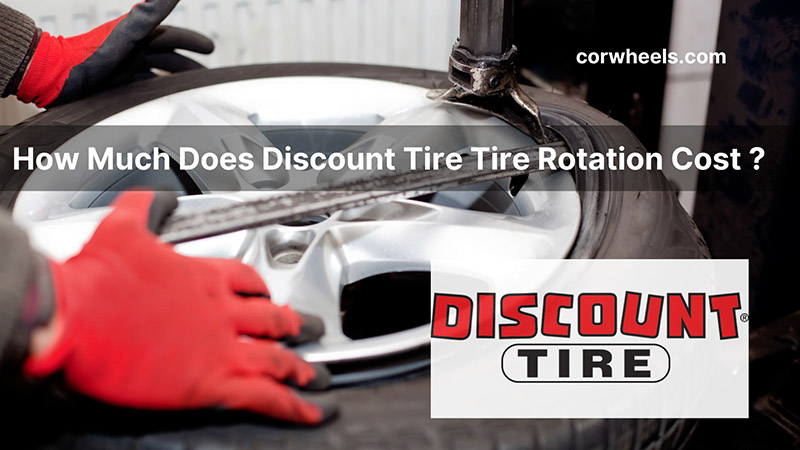Tires wearing on the inside are a common problem that can affect your vehicle’s handling, performance, and safety. This can lead to various issues, including poor steering response, reduced traction, and even blowouts. We will explore the causes of tire bald on inside, how to identify it, and what you can do to prevent it.
In this article:
What Causes Tires To Wear On The Inside
Several factors can lead to inside wearing. Below are the most common ones.
Worn-Out Ball Joints
Your tires’ ability to roll as accurately as possible is managed by the ball joints. They are designed to link the hub to the lower and upper suspension control arms.
Ball joints are not intended to last forever so they will eventually lose clamping force, causing inner tire wear. Driving slowly over a speed bump is a simple approach to identify worn-out ball joints. Your ball joints may be damaged if strange noises emanate from the wheel well.
Camber Angle Issue
A tire’s inward or outward lean, as seen from the front or the back, is measured by its camber. When the tire faces toward the vehicle, it is said to have negative camber. Positive camber refers to a tire tilted outward at its top end. The negative one is frequently at fault when it comes to inner tire deterioration.
Because the inner of the tire makes more contact with the road’s surface when the vehicle has negative camber, you will often notice the inside of the front tires wearing down first. When referring to an automobile with a 4-wheel independent suspension, the same might be said when one detects the rear tires worn on the inside.
Misaligned Wheels
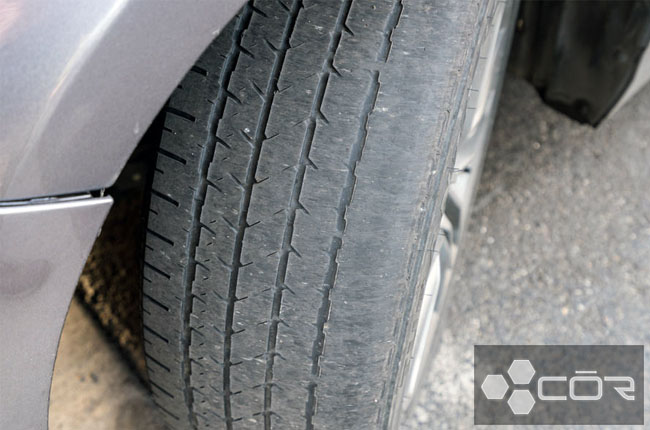
Your camber can also be messed up easily by poor wheel alignment. Cruising on a straight, flat section of asphalt is an excellent way to verify this. When the steering wheel is pointed at the 12 o’clock position, and you still feel like the automobile is not moving straight, your wheels are not aligned properly.
Toe Settings
Your tires are constantly influenced by two forces. The first will draw the tire inwards. Meanwhile, the others pull it outside consistently. And toe settings are meant to balance these two forces and ensure that your tire is facing straight.
The toe settings, however, can cause the tire to point outward or inward if they are out of alignment. Incorrect toe settings can cause the tire to tip inward, indicating that the forces pressing on the tire’s inside are stronger than the outside ones. You will quickly notice wear or balding on the inside of the tire.
Bad Shock Springs
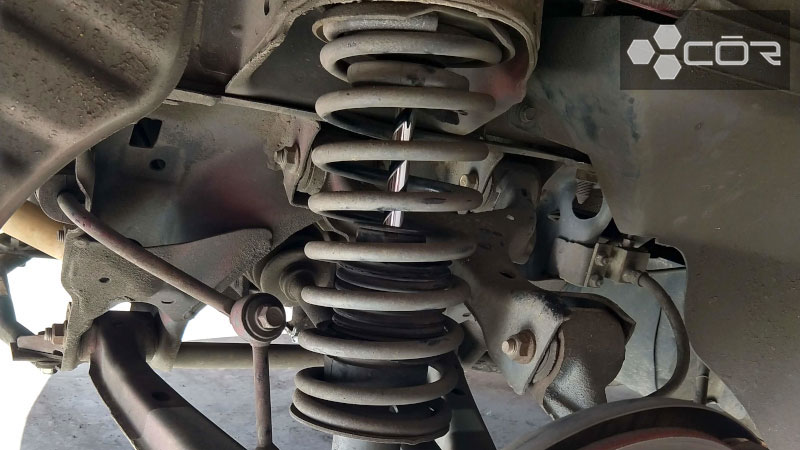
A car’s shock springs make the ride comfortable. It works with the shock absorber to prevent excessive tire movement as you drive over potholes or speed bumps.
Still, shock springs experience wear and tear just like other suspension parts. This affects how well the tire grips the surface. It may also cause the tire’s exterior or interior tread to wear unevenly.
Faulty Control Arm Bushing
These bushings are made to reduce or completely stop the vehicle’s excessive play, which could negatively affect the camber angle. As a result of regular use, the control arm bushings gradually degrade over time.
A faulty control arm bushing affects how firmly the tire holds the ground. Additionally, it could result in uneven wear of the tire’s internal or external tread.
Improper Tire Inflation
Another thing that can be the reason for manufacturing tires is the air pressure level. Your tires will deform in shape when you over-/under-inflate them, resulting in some tire parts wearing out more quickly. Simply inflating the tires as directed by the manufacturer will solve this problem.
How To Tell If Your Car Has Tire Wear Inside Edge
To check for inside tire wear, you can visually inspect your tires for signs of uneven wear on the inside edges of the tread. You may notice that your vehicle pulls to one side, or the steering wheel is off-center when driving.
Additionally, vibration or shimmy in the steering wheel while driving is an evident indicator. If you spot any of these symptoms, it’s important to have your vehicle inspected by a qualified mechanic to diagnose and address the issue causing the inside tire wear.
How To Fix Tires Wearing On The Inside
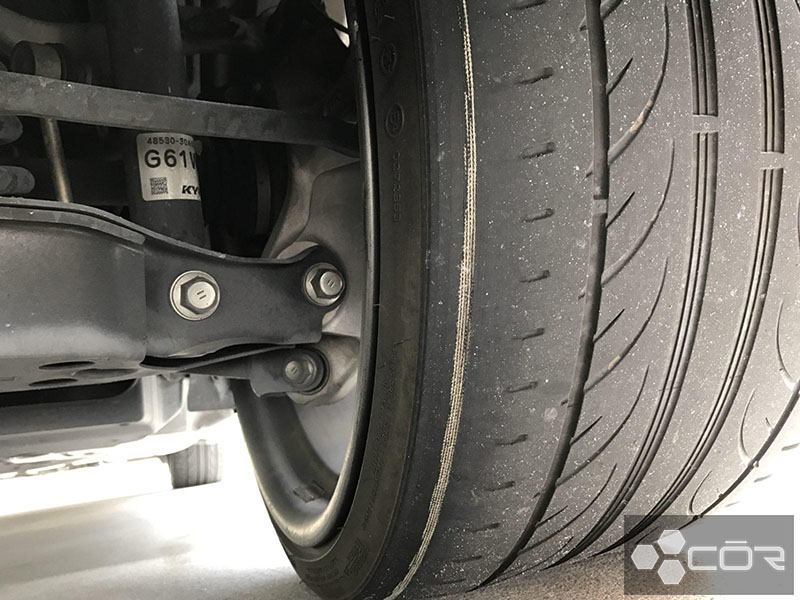
Different situations have different ways of fixing the problem. Here is what you can do.
Front Tires Wearing On Inside Only
Negative camber is typically to blame when just the front tires are experiencing inner tire deterioration. With the right wheel alignment, this situation can typically be fixed, but it can also mean replacing worn-out or even damaged suspension parts.
Rear Tires Wearing On Inside Only
Sports vehicles frequently have rear axles with negative camber, leading to severe inside tread wear. The rear tires with suspension geometries with even milder setups may have some inner tire degradation.
It is best to check for signs of excessive negative camber and rotate the tires frequently. This will assist in reducing uneven tire wear and ensure you get the longest possible life out of them.
Inner Tire Wear On One Side
Suppose your automobile is showing wear on one side; you could have an alignment problem that can be fixed with a quick wheel alignment. However, notice that the issue is frequently more serious.
Also, it can be the result of curb impacts, speed bumps, or pothole damage to suspension components. No matter the situation, all feasible solutions are applicable and need to be tried until your issue is resolved.
On Lowered Car
Problems with camber angle are common in vehicles that have been lowered. Your car’s suspension geometry will be so badly shifted by improper lowering that it frequently cannot be aligned.
Negative camber angle problems are frequently the result of not having the necessary amount of adjustability to get the required suspension settings. To correctly lower your car, you might need to replace the rods or suspension parts so that they can reach their new locations and make enough adjustments to correctly line all of the suspension angles.
How To Avoid Tire Bald On Inside
There are a couple of things you can do to avoid this wearing problem.
Have A Wheel Alignment Routine
Getting your wheel aligned once a year or every 5,000-6,000 miles is a must. The alignment might become out of whack while you drive because the wheels encounter numerous road irregularities. The mechanic will examine the suspension components before doing a wheel alignment to see whether any parts need to be replaced.
Maintain Recommended Tire Pressure
Running your car with low tire pressure increases the severity of inner tire wear and endangers you. Unusual sections are forced to contact with the road surface once the sidewall can no longer hold the vehicle’s weight.
Thus, you should regularly check your tire pressure. We advise monitoring the tire pressure once a month or whenever the weather suddenly changes.
Have Your Tires Balanced
It is recommended to get your tires balanced once every 2-3 years. This job also needs to be done whenever you install a new set of wheels. It only takes a few minutes to complete, yet the result is noticeable. Then, you can expect a superior ride that more effectively smoothes out flaws.
Replace Broken Suspension Parts
Deteriorated suspension components will significantly impact the ride and tire wear. If you observe that only one tire is worn unevenly, there may be a problem with one of the suspension components. Regular suspension checks can help you stay away from this circumstance.
Frequently Asked Questions
Is Inner Tire Wear Dangerous?
Yes. Inner tire wear can be risky since it frequently points to a suspension or alignment issue, impairing the vehicle’s handling and stability. Plus, it might cause a blowout or loss of control while driving. Inner tire wear must be addressed as soon as feasible to maintain your and others’ safety.
How Long Can I Drive On Worn Tires?
Driving on worn tires is not advisable, but if you must, the distance you can go on worn tires depends on the extent of wear and driving conditions. It’s important to replace the tires when the tread depth reaches 2/32 of an inch, which is the legal minimum in most states.
How Much Will It Cost To Fix Tire Wear On Inside?
It depends on the task at hand. A straightforward wheel alignment will be around 60-100 dollars. That charge could go up to 300 dollars when your suspension control arms or ball joints are the culprit. Or, the price could exceed 2,000 dollars in more severe cases.
The Bottom Line
Tire wearing on inside can be a major problem that impacts your car’s handling and safety. Internal tire damage can be avoided with routine tire care and inspections of your alignment and suspension system. It’s crucial to have your car inspected by a skilled mechanic if you see any inside tire wear symptoms so they can identify and fix the underlying issue.

